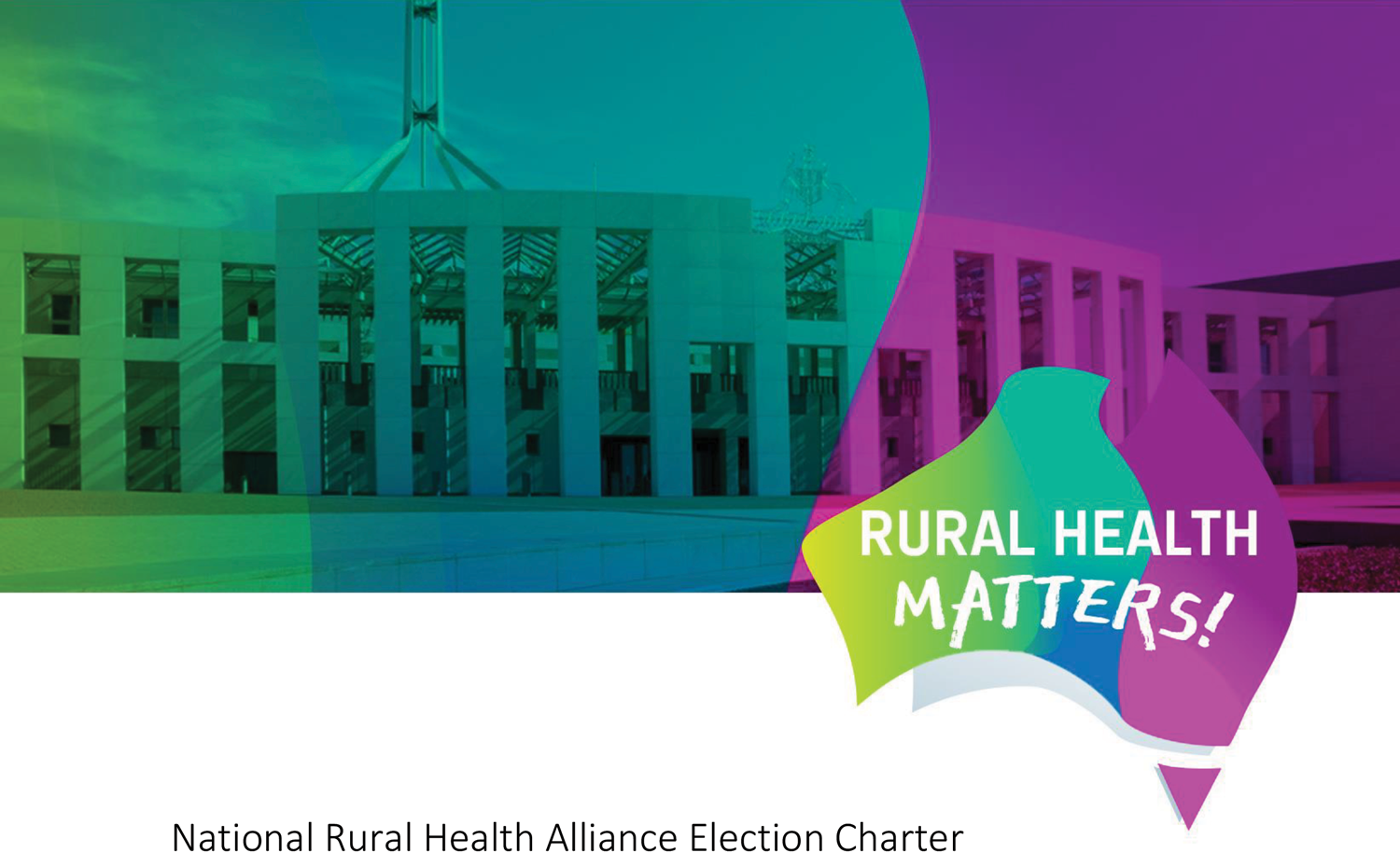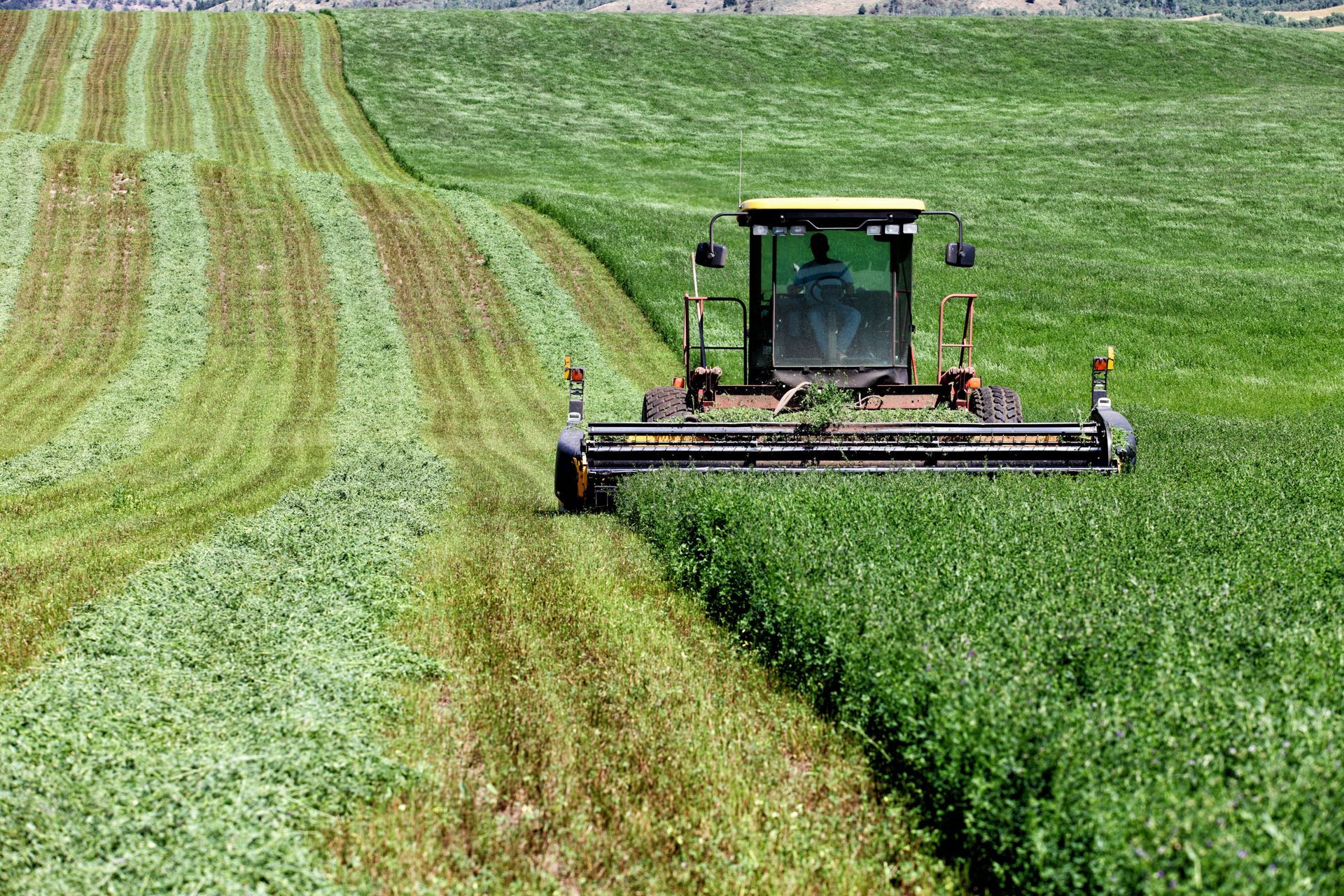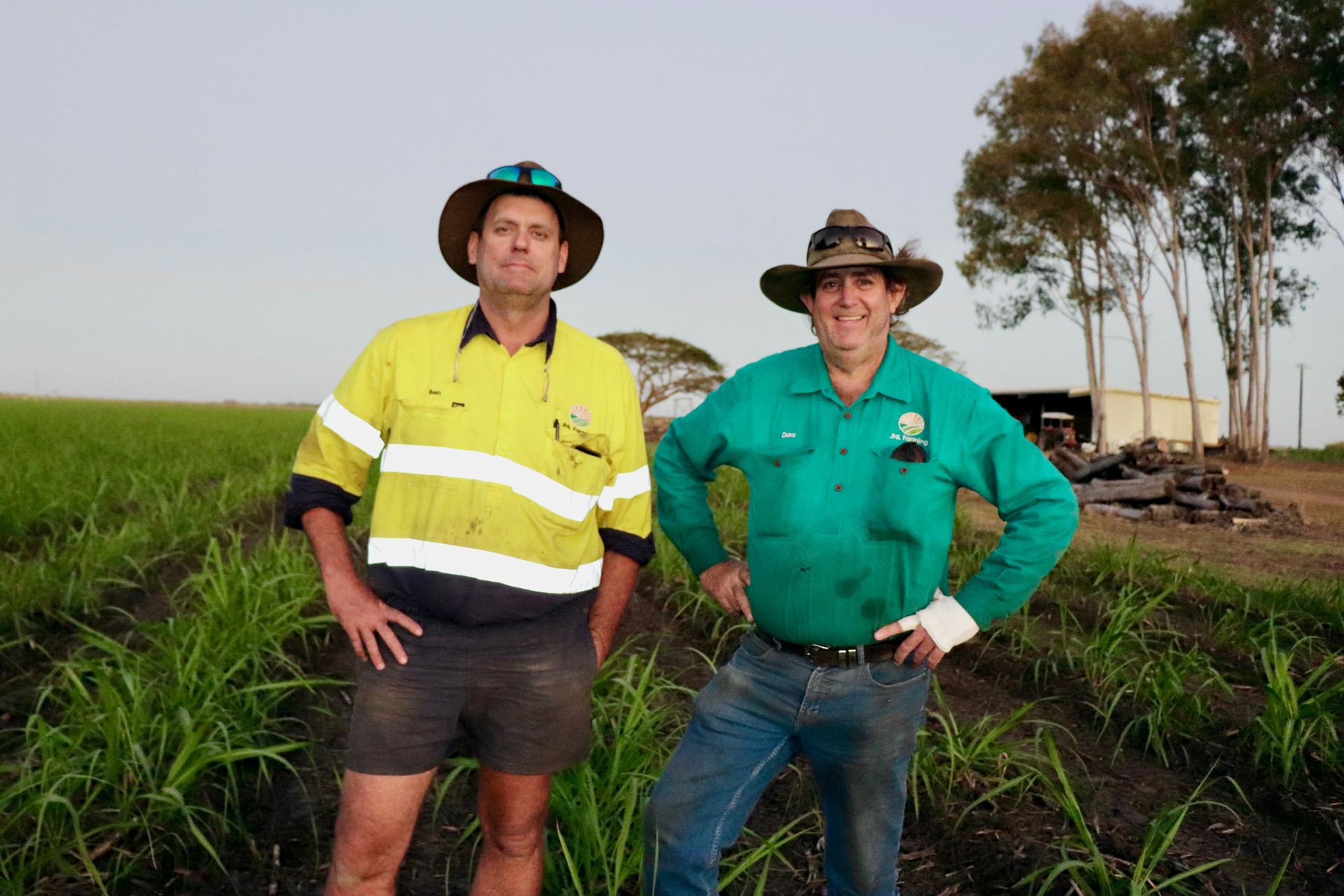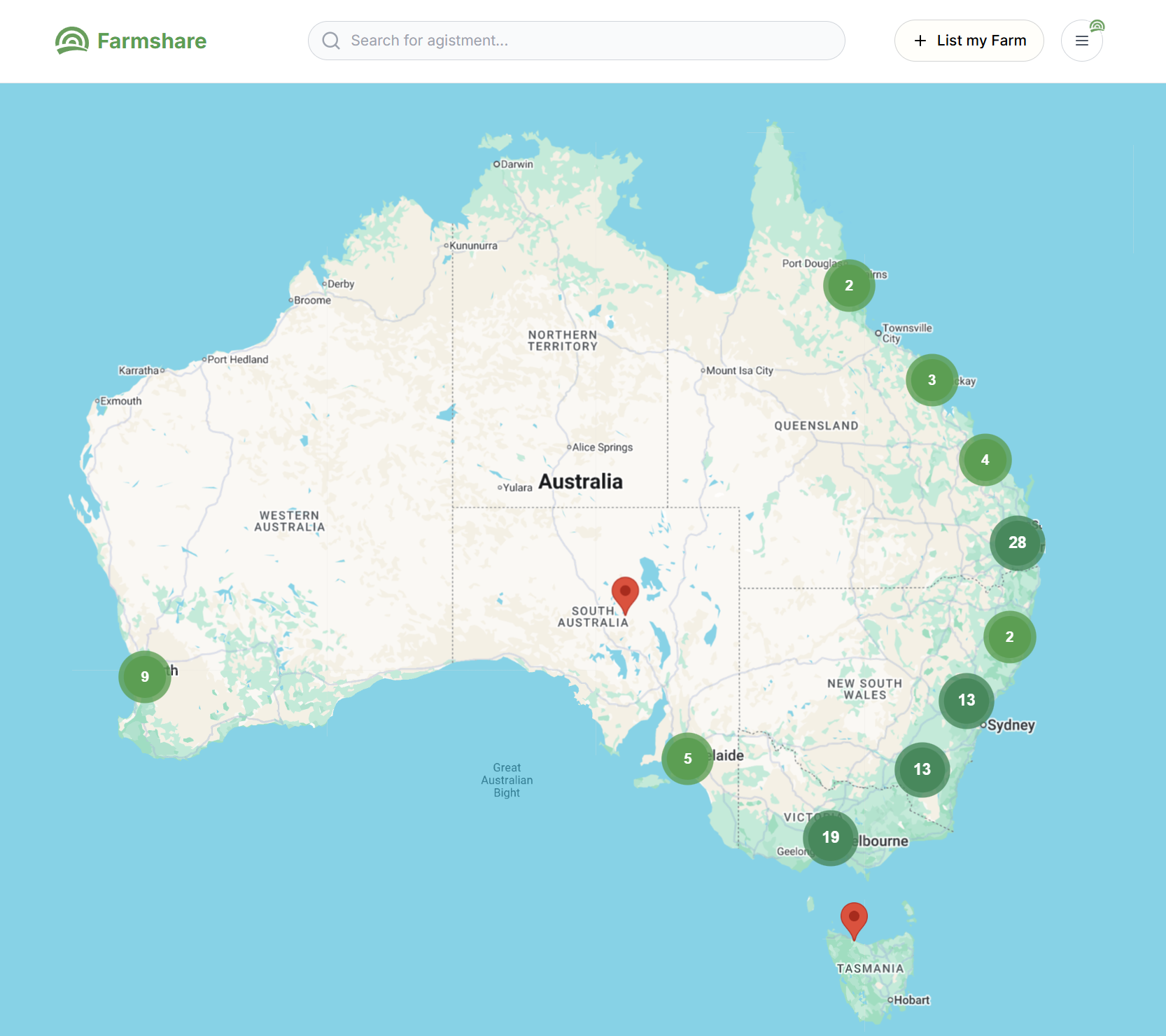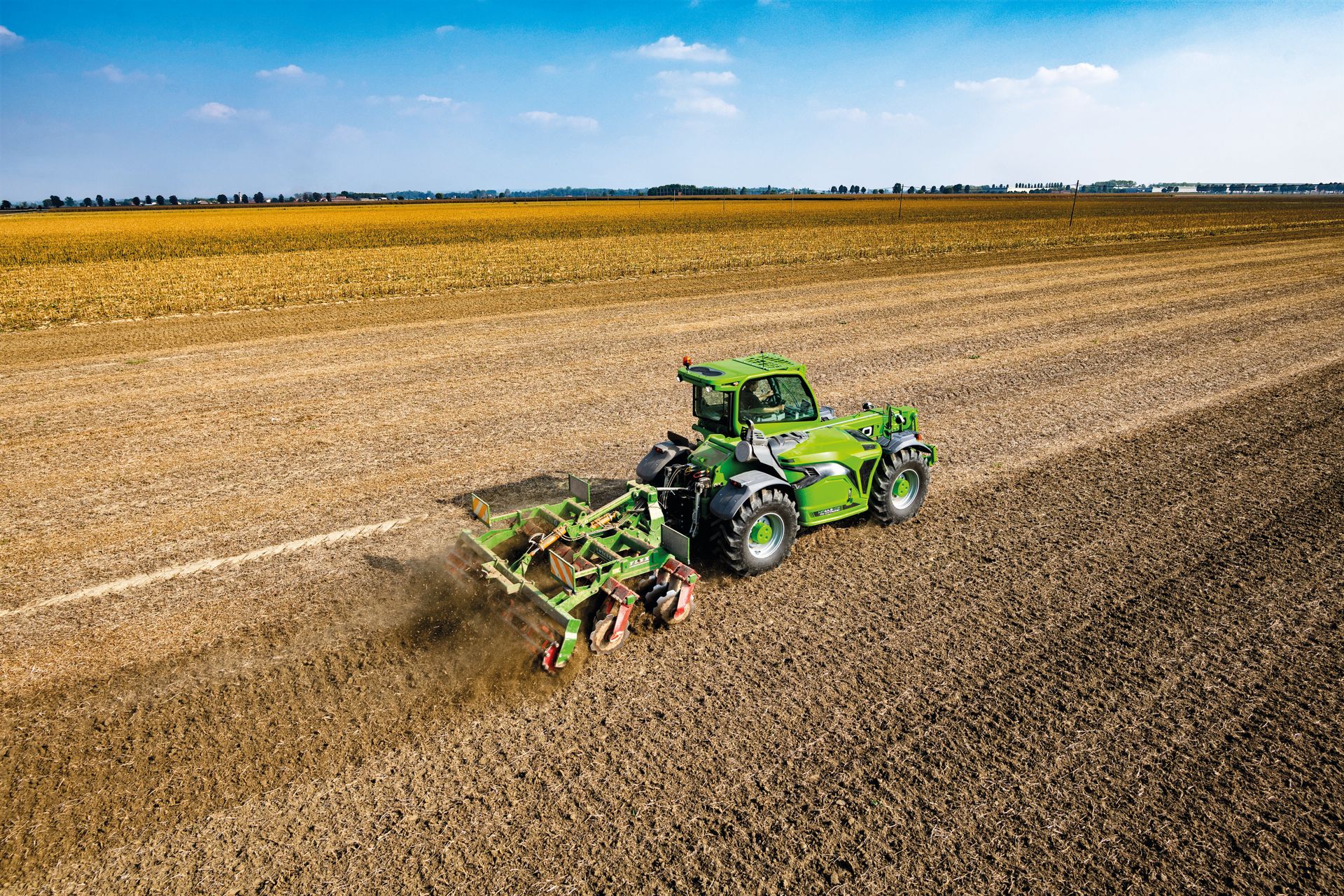1MG FlippingBooks
NRHA: election needs to address key rural health problems
The National Rural Health Alliance (NRHA) has published its 2019 Election Charter , highlighting the need to address major health and wellbeing issues currently faced by rural Australians.
The Alliance’s four main priorities are to improve Indigenous health, improve access to healthcare, expand rural health research and develop a new National Rural Health Strategy – areas that must be addressed to improve health equity for those in remote areas.
“We want the major parties to run a rural lens over their policies and spell out exactly how their initiatives will make a difference to the improving the health outcomes experienced by people in rural areas,” says NRHA CEO Mark Diamond. “It’s time for the silence among the major parties on rural health this election to be broken.”
INDIGENOUS HEALTH
Research has shown that the burden of disease for the Aboriginal and Torres Strait Islander population is 2.3 times higher than the non-Indigenous population. The National Rural Health Alliance considers this disparity “unacceptable” and has emphasised the need to close this widening gap through increased funding and greater engagement with Aboriginal and Torres Strait Islander voices.
ACCESS TO HEALTHCARE
Access to healthcare in remote regions is currently lagging behind that of metropolitan areas. Over 20 per cent of the differential in health outcomes rural Australians face is attributable to issues with acquiring timely, appropriate and affordable care.
“There is no market out there, so we have to collaborate in our regions to make it viable for health services and health professionals to go rural. That needs government support,” says Tanya Lehmann, Council Member of the National Rural Health Alliance.
RESEARCH
Although the provision of health care services in rural Australia faces unique geographic and cultural challenges, rural health research made up only 1.1 per cent of National Health and Medical Research Council funding from 2000 to 2014. The Alliance considers there is a need for a new rural health focus in the Medical Research Future Fund, supported by equivalent funding to reflect the almost one-third of the national population that is rural, regional and remote.
NATIONAL STRATEGY
Since the National Strategic Framework for Rural and Remote Health was established in 2011, there has been no demonstrable improvement in the health outcomes experienced by those living in rural areas. This underlines the need for the creation of a new National Rural Health Strategy which should include measurable targets and public reporting to reflect changing workforce demands, connectivity and service delivery.
“We know and political parties have known for a very long time that people in rural, regional and remote areas carry 1.3 times the burden of illness, that preventable hospital admissions are up to five times higher in rural Australia and for every 100,000 people, 11 more will die every day in country areas than in cities,” says Diamond.
“Yet our political leaders for the most part refuse to spell out exactly how their health policies will play out in country areas. You can promise the world but unless you have a plan for overcoming the challenges of distance and inaccessibility, then rural Australia will be no better off.”
For more information about rural health in this election, click here.


